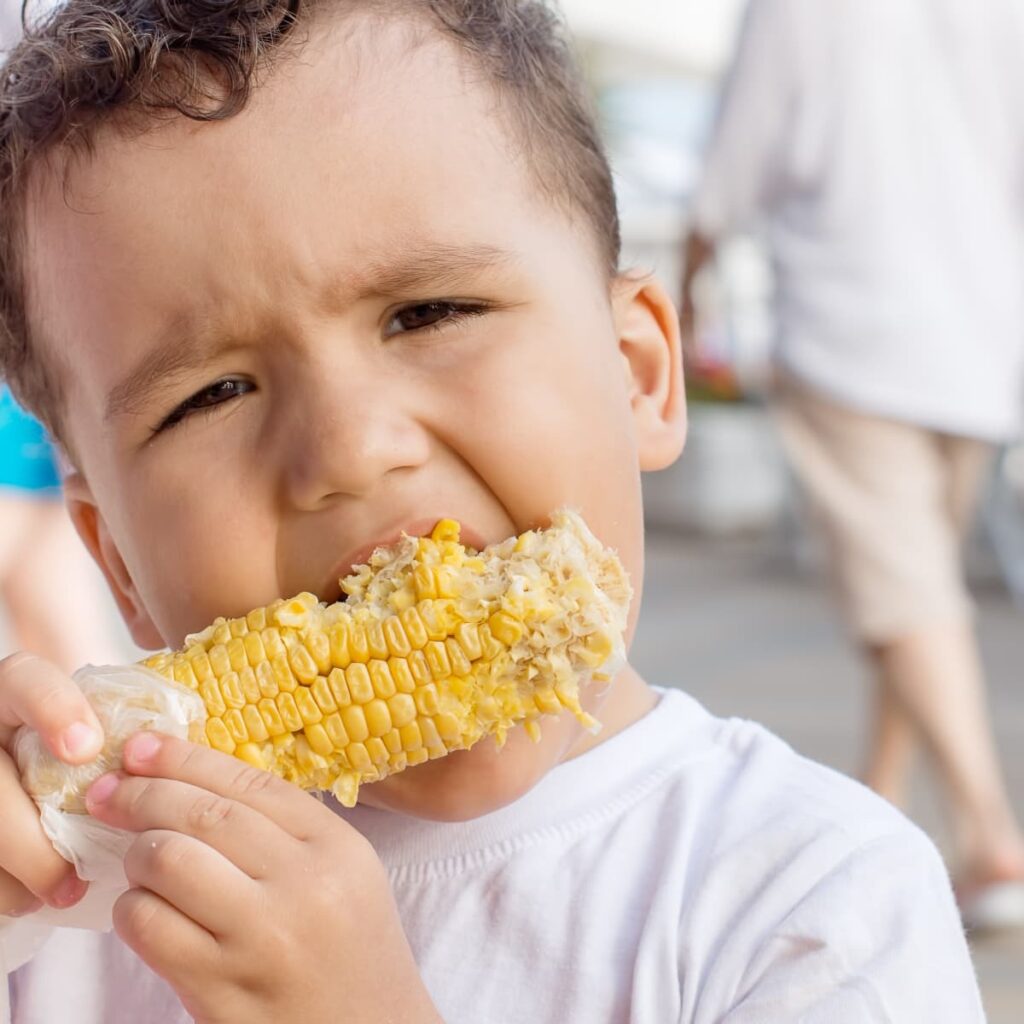Food & Climate
In April, the U.S. Treasury Department released a set of highly anticipated and contentious tax-credit guidelines meant to spur production of sustainable aviation fuel, which would depend partially on corn needed for food.
To hit that target, U.S. fuel producers will have to gather significantly more fast-food grease and beef tallow for fuel processing. They’ll need to accelerate development of next-generation “e-fuels,” such as synthetic kerosene, which is made from clean hydrogen and captured carbon. And, most likely, producers will turn to using ethanol — a biofuel that’s most commonly made from corn in the United States, according to report seen by “Food & Climate” platform.
Although studies show Clearing forests or grasslands to grow crops, and using energy-intensive methods to make liquid fuels, can add emissions throughout the entire ethanol supply chain, But there’s also a risk of diverting cropland away from food production, according to “canary media”.
And this comes at a time when there are many warnings about the impact of climate change on crops, including corn.
For example, Global warming has brought Argentina’s corn farmers a dangerous new enemy. It is a yellow insect just four millimeters (0.16 inch) long that thrives in hotter temperatures and is threatening harvests of the crop, called the leafhopper.
Millions of tons from the country’s harvest projections for the current crop have been slashed due to a rare plague of the insect that can carry a stunt disease that damages the cobs and kernels of the plant.
Farmers fear such infestations could become more regular, with fewer frosts in recent years to check the insect’s spread, and forecasts for a warm winter ahead, farmers, weather experts, and data analyzed by Reuters showed.
Some farmers have already said they will sow less corn for next season in favor of other crops such as soy, Argentina’s main cash crop, which is not affected by the bugs.
“Many are going to reduce their hectares of corn to zero,” said Anibal Cordoba, a producer in northern Chaco province, adding that a hard freeze this winter is needed or leafhopper numbers will explode again next season.
“You normally find leafhoppers in the bud of the plants if you look. But this year you go to the field and you find clouds of leafhoppers. It’s just crazy.”
Agriculture and climate experts linked the unusual outbreak to rising global and local temperatures, according to “Buenos aires herald”.

The writer Robert Lamb, criticized using corn to produce fuel.
He said, to break down the situation into the simplest terms, imagine a family of four living in the suburbs. Each week, they receive two commodities: a tank of gasoline and a crate of corn. In the mornings and afternoons, they use the gasoline to commute to work, go to school and run errands.
The corn, on the other hand, winds up in most of their meals, be it in the form of tortillas, chowder or all the HFCS in little Jimmy’s favorite candies and sodas. Eventually, they begin to receive less and less gasoline each month, but the supply of corn remains the same. Luckily, the corn can be processed into fuel for the automobile. Now this hypothetical family has to both fuel the car and feed themselves from the crate of corn. What are they to do?
He added, in the late 17th century, England faced a similar situation. Timber was a vital commodity. The English used it to build ships for trade and defense, but firewood also was essential to cooking, heating and manufacturing. All the competing calls for wood caused a timber shortage, which led to a major fuel shift to coal.
In 2007, corn crops were responsible for 7.1 billon gallons (26.9 billion liters) of ethanol, according to an article by C. Ford Runge and Benjamin Senauer that appeared in the Foreign Affairs journal.
Studies suggest that by 2030, we could be squeezing out 33 billion gallons (125 billion liters) of ethanol. It takes more than 450 pounds (204 kilograms) of corn to fill a 25-gallon (94-liter) gas tank with ethanol — that’s enough calories to feed one person for an entire year. “Will we wind up taking corn out of hungry mouths in the process?”, he said, according to “How stuff works”.
In 2017, for the first time, researchers at the University of Illinois tried to answer question of whether corn is better utilized as food or as a biofuel.
In monetary terms, their results show that the net social and economic worth of food corn production in the U.S. is $1,492 per hectare, versus a $10 per hectare loss for biofuel corn production, according to “new illinois”
Civil and environmental engineering professor Praveen Kumar and graduate student Meredith Richardson published their findings in the journal Earth’s Future.

